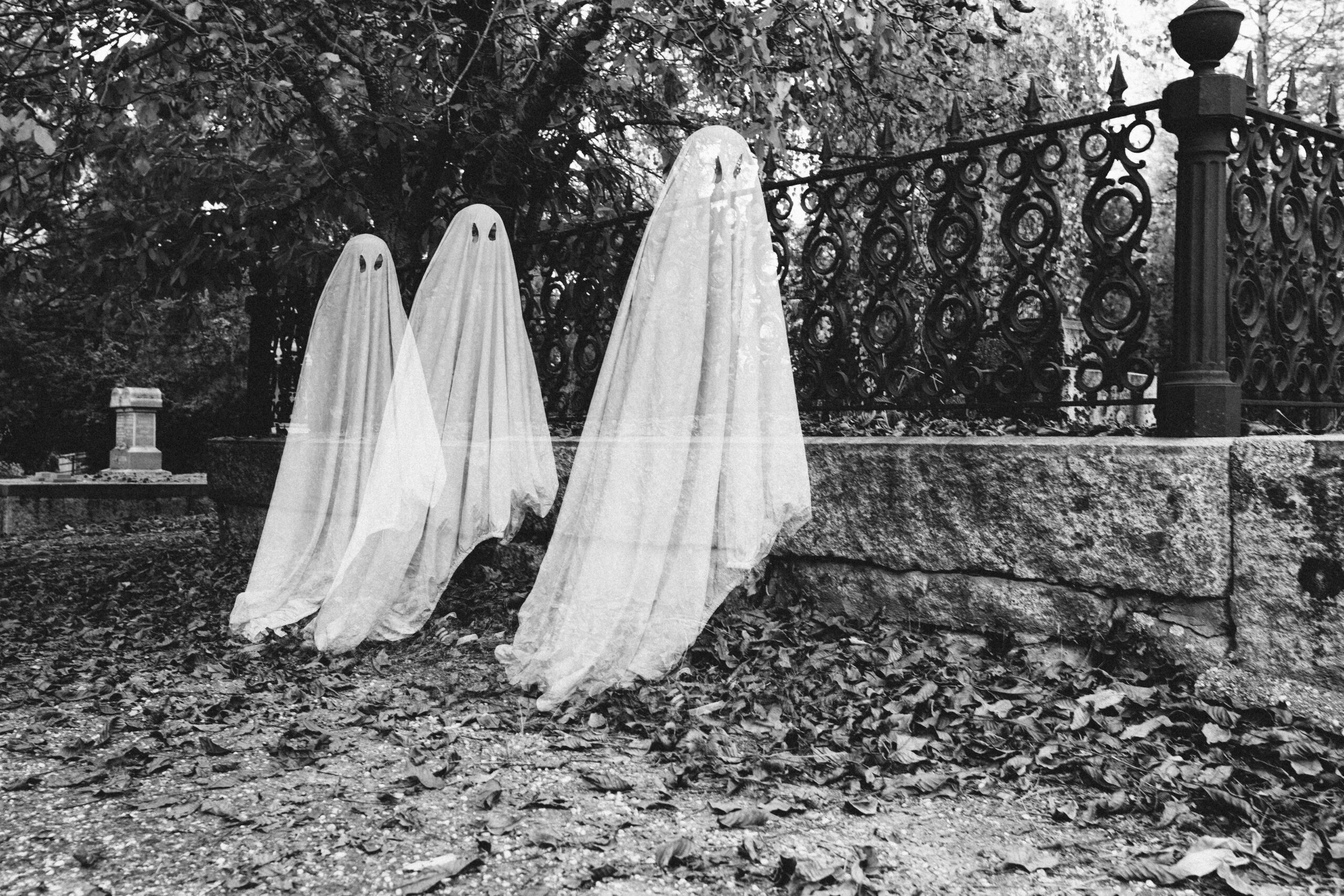In this article, you will learn about the fascinating topic of ghost sightings and whether they are more common in certain cultures or regions. Ghosts and the paranormal have long been a subject of intrigue and curiosity, and it is interesting to explore whether cultural beliefs and geographical locations play a role in the frequency of ghost sightings. Join us as we delve into different cultures and regions and discover the answer to this intriguing question.
The belief in ghosts and paranormal phenomena varies greatly across different cultures around the world. Some cultures have deep-rooted beliefs and traditions surrounding spirits and the afterlife, which may contribute to a higher number of reported ghost sightings. Additionally, certain regions are known to have a rich history and a higher concentration of paranormal activities, making them more likely to be associated with ghost sightings. Through exploring these cultural and geographical factors, we aim to shed light on whether ghost sightings are indeed more common in certain cultures or regions. So, get ready to embark on a fascinating journey as we uncover the mysteries of ghost sightings around the world.
Cultural Beliefs and Ghost Sightings
Different cultures around the world have varying beliefs and interpretations about ghosts. In some cultures, ghosts are seen as the spirits of deceased ancestors who continue to watch over and protect their living descendants. These beliefs often lead to a stronger belief in ghost sightings and encounters.
In other cultures, ghosts may be viewed as malevolent beings or omens of bad luck. This perception often results in more fearful reactions to ghostly experiences and an increased likelihood of reporting such sightings.
Cultural beliefs also play a significant role in influencing the interpretation of ghostly phenomena. For example, in certain cultures, ghosts may be seen as messengers from the spiritual realm, delivering important messages or warnings to the living. On the other hand, some cultures believe that ghosts are trapped souls seeking redemption or release.
These cultural beliefs influence the way people perceive and interpret ghost sightings. They shape the expectations and understanding of what constitutes a ghostly encounter, leading to varied experiences across different cultures.
Examples of Cultural Practices Related to Ghosts
In many Asian cultures, ancestor worship is a deeply ingrained belief system. Ancestors are believed to continue to exist in the spirit world after death, and it is common to make offerings and perform rituals to honor and appease them. This cultural practice often includes leaving out food, burning incense, and conducting ceremonies to communicate with the deceased ancestors. As a result, ghost sightings and encounters are not uncommon within these cultural contexts.
Similarly, in Mexico, the Day of the Dead, or Dia de los Muertos, is a cultural celebration that honors deceased loved ones. It is believed that during this time, the spirits of the departed return to visit their living relatives. Altars are constructed, and families gather to pay homage to their ancestors. This cultural tradition creates an environment where ghost sightings and interactions are perceived as a natural part of the celebrations.
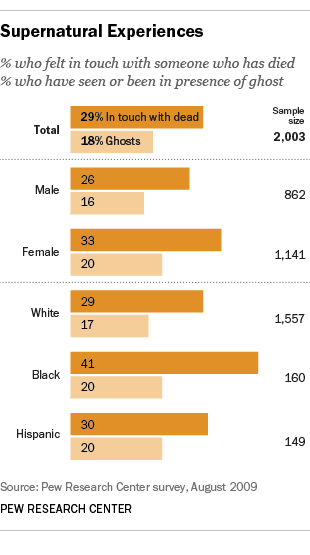
Regional Variations in Ghost Sightings
While cultural beliefs are influential, the prevalence of ghost sightings can also vary depending on the geographical region. Certain countries and areas have a higher reported number of ghost sightings compared to others.
For instance, Japan is known for its deep-rooted belief in spirits and ghosts. The country has a rich history of ghost stories and legends, which have been passed down through generations. It is not uncommon to hear tales of haunted locations and encounters with restless spirits in Japan.
Similarly, Scotland, with its ancient castles and folklore, is another region where ghost sightings are frequently reported. The country’s history of conflicts and tragic events has contributed to the belief in haunted locations and spectral apparitions.
On the other hand, urban areas tend to have fewer reported ghost sightings compared to rural regions. This could be attributed to factors such as increased light pollution and the presence of skeptics who may dismiss ghostly encounters as mere coincidences or illusions.
Historical Factors and Ghost Sightings
Historical events and cultural legends often shape the perception and belief in ghosts. Tragic events, such as wars or natural disasters, can leave behind residual energies that are believed to manifest as ghostly apparitions. These events can create a connection between historical events and ghost sightings.
The Tower of London in England, for example, is infamous for its ghostly stories and sightings. It has witnessed countless executions and is believed to be haunted by the spirits of those who lost their lives within its walls. The historical context of this location contributes to the belief in its supernatural occurrences.
Legends and folklore also have a significant impact on the perception of ghosts. For instance, the folklore surrounding the Salem witch trials in the United States has contributed to the belief in restless spirits and hauntings in the region.
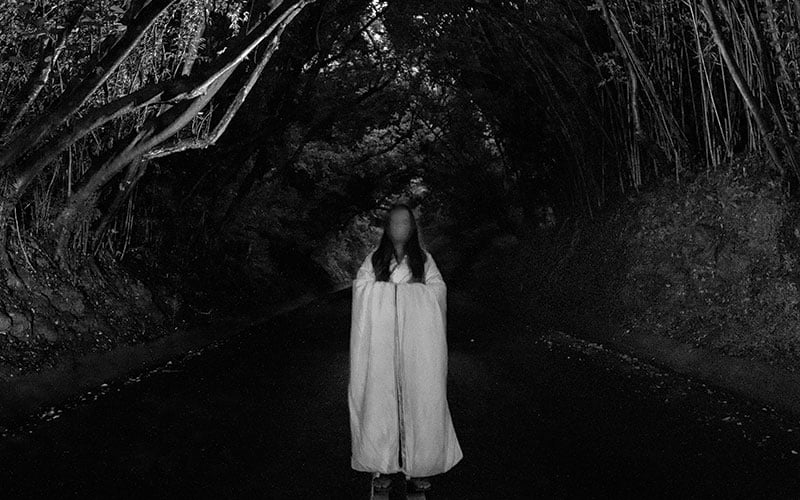
Paranormal Research and Ghost Sightings
Paranormal researchers have dedicated their efforts to study ghost phenomena scientifically. They employ various methodologies to investigate claims of ghost sightings and hauntings. These approaches involve the use of advanced equipment, such as electromagnetic field detectors and thermal cameras, to capture evidence of paranormal activity.
Despite the advancements in technology and rigorous scientific investigation, there is still no concrete evidence to prove the existence of ghosts. Many explanations for ghost sightings are rooted in psychology rather than the supernatural.
Psychological explanations suggest that ghost sightings may be manifestations of hallucinations or misinterpretations of natural phenomena. The human brain is wired to recognize patterns and faces, often leading to the perception of ghostly figures in dimly lit or unfamiliar environments.
Controversies surrounding paranormal investigations arise from the debate between those who believe in the supernatural and those who seek rational explanations for ghostly phenomena. These disputes often make it challenging to arrive at a definitive conclusion on the existence of ghosts.
Media Influence on Ghost Sightings
The portrayal of ghosts in movies, literature, and other media platforms significantly impacts people’s beliefs and perceptions of ghosts. Popular culture often associates ghost sightings with fear and malevolence, reinforcing existing cultural beliefs and expectations.
Movies such as “The Exorcist” and “The Conjuring” have cemented the image of vengeful spirits in the minds of many. These portrayals create a sense of trepidation and curiosity about ghostly encounters, further fueling the belief in their existence.
Additionally, urban legends and ghost stories spread through media platforms, captivating audiences and perpetuating the idea that ghost sightings are a frequent occurrence. These stories often become intertwined with local folklore and traditions, becoming an integral part of a region’s cultural identity.
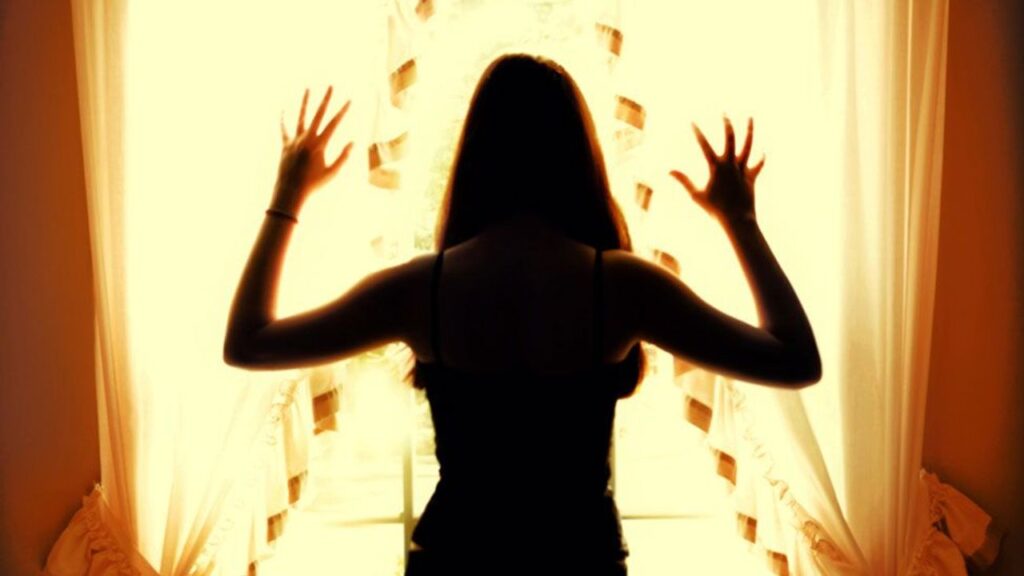
Religious and Spiritual Perspectives
Religious beliefs also play a significant role in shaping individual experiences and interpretations of ghostly encounters. In many faiths and spiritual practices, interactions with spirits are seen as a connection to the metaphysical realm.
Various religious traditions have rituals and practices specifically designed to ward off malevolent spirits or appease benevolent ones. Exorcisms, for example, are performed in some faiths to remove unwanted entities or negative energies believed to be causing disturbances.
The perception of ghosts can be influenced by religious beliefs, as they provide specific frameworks for understanding and navigating the supernatural realm. These beliefs create a lens through which individuals interpret and respond to ghostly encounters.
Environmental Factors and Ghost Sightings
Certain locations are believed to be more conducive to ghost sightings due to their historical significance, natural features, or environmental conditions. For instance, old buildings that have witnessed tragic events or violent deaths often become associated with ghostly activity.
Significant natural phenomena, such as thunderstorms or geomagnetic disturbances, are also believed to influence ghostly phenomena. These events are thought to create an energy imbalance in the environment, making it more likely for individuals to experience ghostly encounters.
Psychological implications also come into play when considering haunted environments. The belief in haunted locations can create a state of heightened suggestibility, leading individuals to interpret their surroundings as ghostly or paranormal.

Psychological Explanations for Ghost Sightings
While some experiences may indeed be attributed to supernatural causes, many ghost sightings have psychological explanations. Hallucinations, for example, can occur due to various factors such as sleep deprivation, sensory deprivation, or even certain medical conditions.
Human psychology also plays a key role in shaping ghost sightings. The fear of the unknown and the human tendency to seek patterns and meaning can result in misinterpretation of ordinary phenomena as ghostly apparitions. Additionally, cognitive biases, such as confirmation bias and expectation bias, can influence how individuals perceive and recall ghostly encounters.
Societal Impact of Ghost Sightings
Ghost sightings have significant social and cultural implications, often becoming part of the local folklore and traditions. Ghost stories, legends, and haunted locations attract tourists and can have an economic impact on regions that embrace their supernatural reputation.
Ghost tourism, where visitors flock to known haunted locations in search of ghostly encounters, has become a thriving industry in certain regions. These travelers are attracted by the ability to experience the thrill of potential ghost sightings and immerse themselves in the local ghostly lore.
Ghost stories and local legends can also help preserve historical narratives and cultural heritage. They provide a connection to the past and create a sense of collective identity within communities.
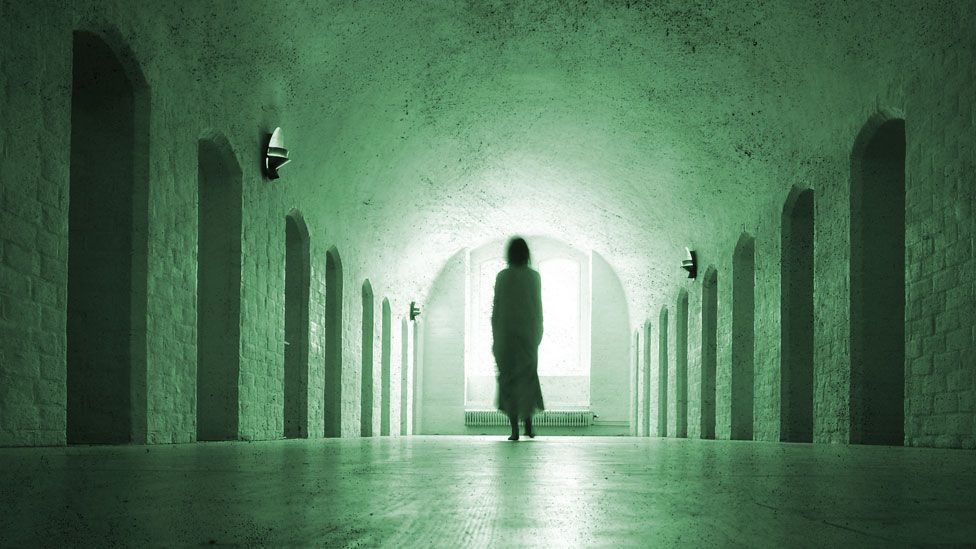
Conclusion
In conclusion, the prevalence of ghost sightings varies across different cultures and regions. Cultural beliefs, historical events, and environmental factors all contribute to the perception and interpretation of ghostly encounters.
While cultural practices and beliefs significantly influence ghost sightings, regional variations can also occur due to historical events and traditional legends. The media’s portrayal of ghosts further perpetuates the belief in their existence, while religious and spiritual perspectives provide frameworks for understanding the metaphysical realm.
Psychological explanations, such as hallucinations and cognitive biases, offer alternative understandings for ghost sightings. Nevertheless, the societal impact of ghost sightings cannot be ignored, as they contribute to tourism and become ingrained within local folklore and traditions.
Further research is needed to better understand the paranormal phenomena, considering both cultural and regional differences. The exploration of ghost sightings provides valuable insights into human perception, psychology, and the significance of belief systems within societies.

